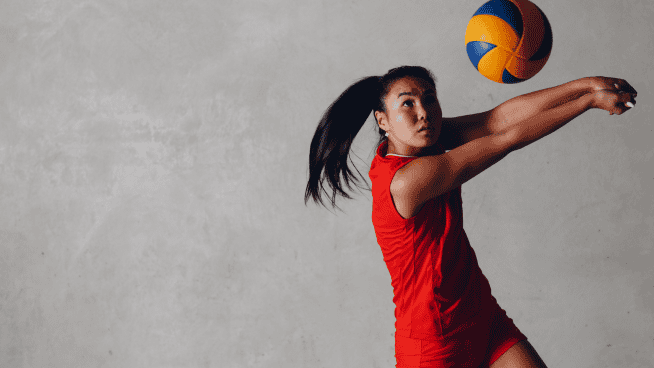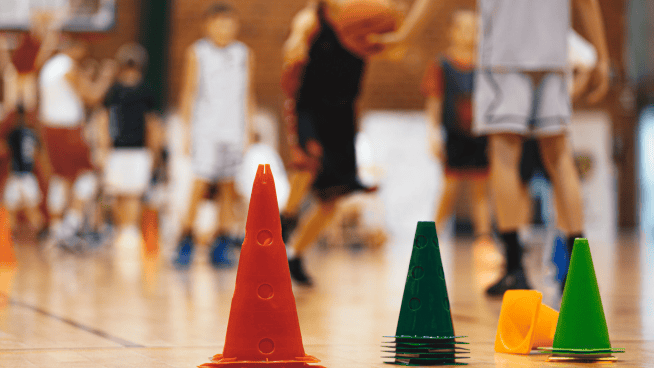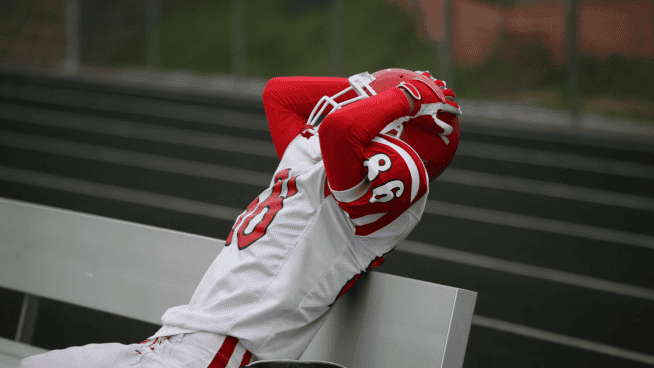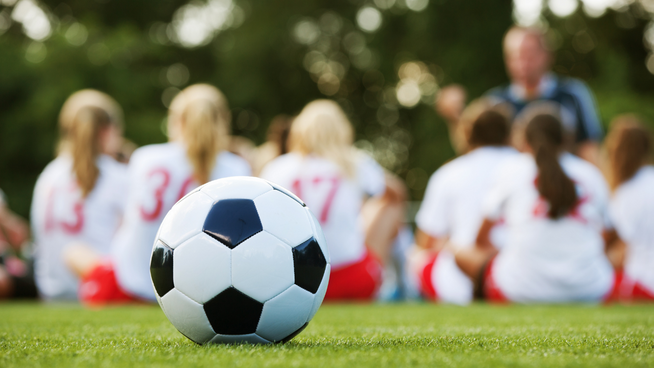How You Can Olympic Lift With an Injury
![]()
Mobility issues and injuries, specifically wrist injuries, can be a huge problem for Olympic lifters, or for any athlete who uses Olympic lifts in his or her strength and conditioning program. Many athletes fall behind after getting injured, not just on the field or in practice, but in the weight room as well.
Here are four Olympic lifting regressions to help you continue to make progress, despite limitations.
1. Power Shrug
The Power Shrug is the hip explosion and initial pull of the second pull of the Power Clean. This is a great assistance exercise to the Clean, but it’s also an excellent modification if you have issues that prevent you from pulling the bar toward your sternum. It can also be used to reinforce the hip explosion and triple extension components of the Clean motion.
2. Olympic Deadlift
Olympic Deadlifts involve two pulls: the initial pull off the ground, and the second pull that starts mid-thigh. The second pull is where you really want to accelerate and explode thought the weight. Olympic Deadlifts are great for preparing an athlete for a Clean—or they can be programmed in place of a Clean if an athlete has a mobility or injury issue preventing him or her from receiving the bar during a Power Clean or Squat Clean.
RELATED: 4 Deadlift Variations to Increase Your Pull
3. Clean High Pull
The Clean High Pull takes the Olympic Deadlift one step further. The athlete has to continue pulling the bar upward. However, you should never jump under the bar to receive it and finish the Clean. This is a great variation if you have a wrist injury–or any other issue where the act of receiving the bar is hindered, or ill-advised.
4. Snatch Pull
The Snatch Pull is the first of two pulls of a Snatch, but you never receive or catch the bar above your head. It allows you to explode vertically with the second pull of the motion without compromising your wrists or aggravating hand or shoulder issues by the receiving the bar above your head.
RELATED: Tips for Working Out With a Hand or Arm Injury
Check Out The SMARTER Team Training audio interview series here.
[cf]skyword_tracking_tag[/cf]RECOMMENDED FOR YOU
MOST POPULAR
How You Can Olympic Lift With an Injury
![]()
Mobility issues and injuries, specifically wrist injuries, can be a huge problem for Olympic lifters, or for any athlete who uses Olympic lifts in his or her strength and conditioning program. Many athletes fall behind after getting injured, not just on the field or in practice, but in the weight room as well.
Here are four Olympic lifting regressions to help you continue to make progress, despite limitations.
1. Power Shrug
The Power Shrug is the hip explosion and initial pull of the second pull of the Power Clean. This is a great assistance exercise to the Clean, but it’s also an excellent modification if you have issues that prevent you from pulling the bar toward your sternum. It can also be used to reinforce the hip explosion and triple extension components of the Clean motion.
2. Olympic Deadlift
Olympic Deadlifts involve two pulls: the initial pull off the ground, and the second pull that starts mid-thigh. The second pull is where you really want to accelerate and explode thought the weight. Olympic Deadlifts are great for preparing an athlete for a Clean—or they can be programmed in place of a Clean if an athlete has a mobility or injury issue preventing him or her from receiving the bar during a Power Clean or Squat Clean.
RELATED: 4 Deadlift Variations to Increase Your Pull
3. Clean High Pull
The Clean High Pull takes the Olympic Deadlift one step further. The athlete has to continue pulling the bar upward. However, you should never jump under the bar to receive it and finish the Clean. This is a great variation if you have a wrist injury–or any other issue where the act of receiving the bar is hindered, or ill-advised.
4. Snatch Pull
The Snatch Pull is the first of two pulls of a Snatch, but you never receive or catch the bar above your head. It allows you to explode vertically with the second pull of the motion without compromising your wrists or aggravating hand or shoulder issues by the receiving the bar above your head.
RELATED: Tips for Working Out With a Hand or Arm Injury
Check Out The SMARTER Team Training audio interview series here.
[cf]skyword_tracking_tag[/cf]









